Keurig's new K-Rounds coffee pods are plastic-free and could finally make single-serve coffee-making sustainable
K-Rounds are virtually nothing but coffee
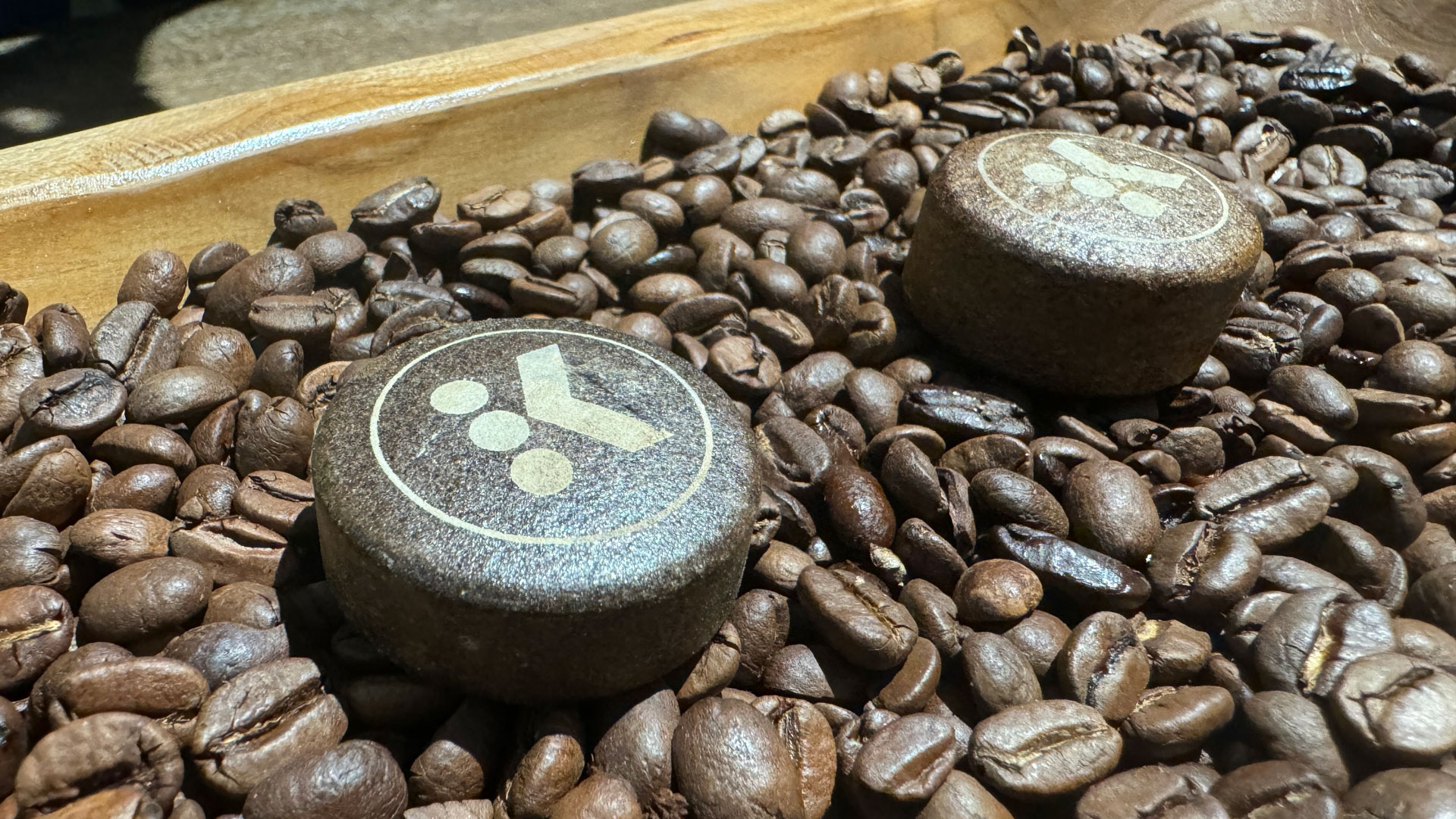
Keurig, the company that got us all hooked on single-serve coffee systems and has helped us churn through billions of plastic throwaway K-cups, just reinvented its single-serve system in what may be the most sustainable way: K-Rounds.
K-Rounds are plastic and aluminum-free, highly-compressed coffee ground pods held together by an ultra-thin layer of plant-based material (alginate). As one Keurig exec described it, "It’s just coffee in those pods."
Keurig / Dr. Pepper unveiled the new ground coffee pods on Wednesday in four sizes: single-shot Espresso, dual-shot Espresso, regular cup of coffee size, and a larger iced coffee K-Round.
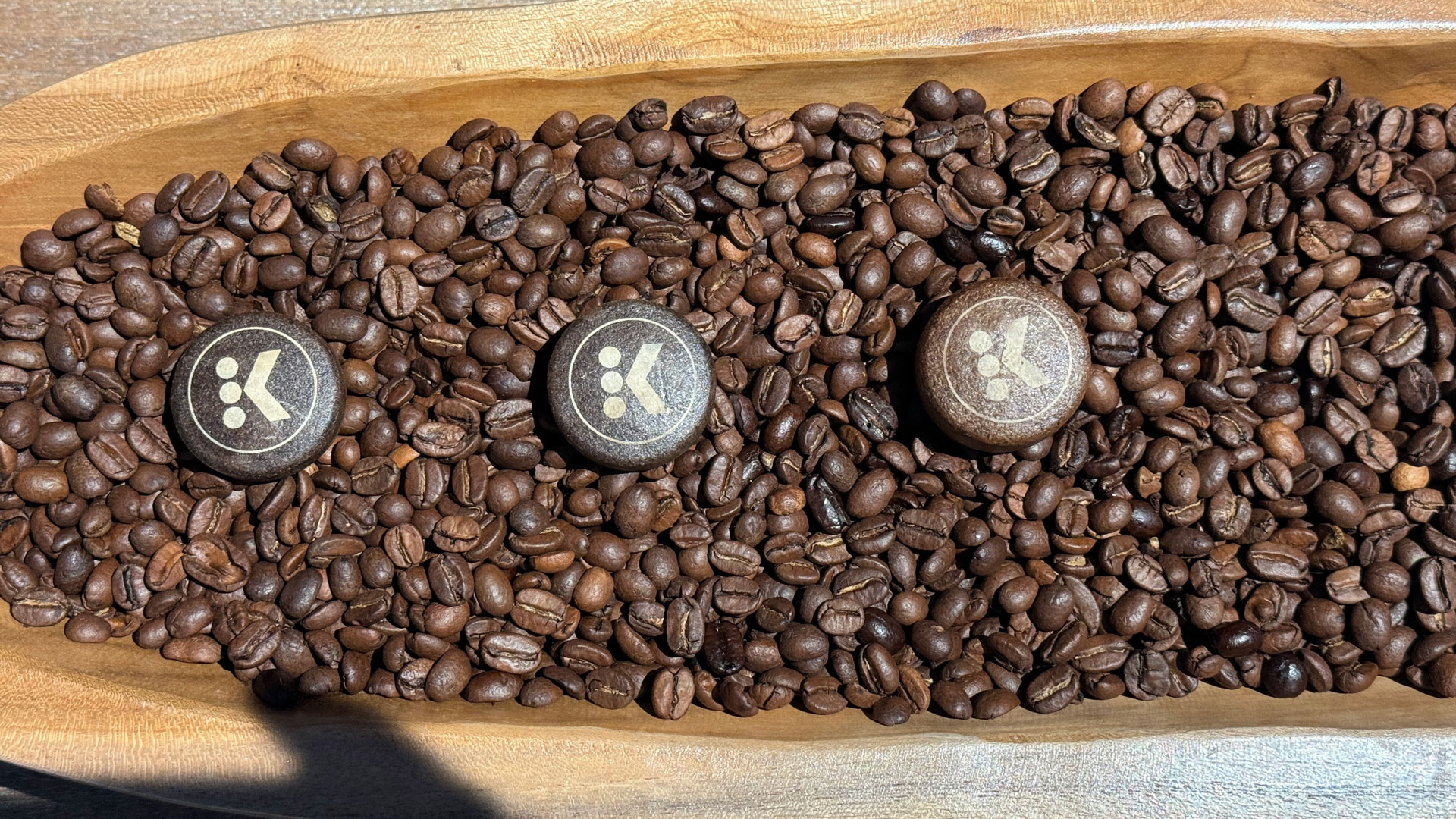
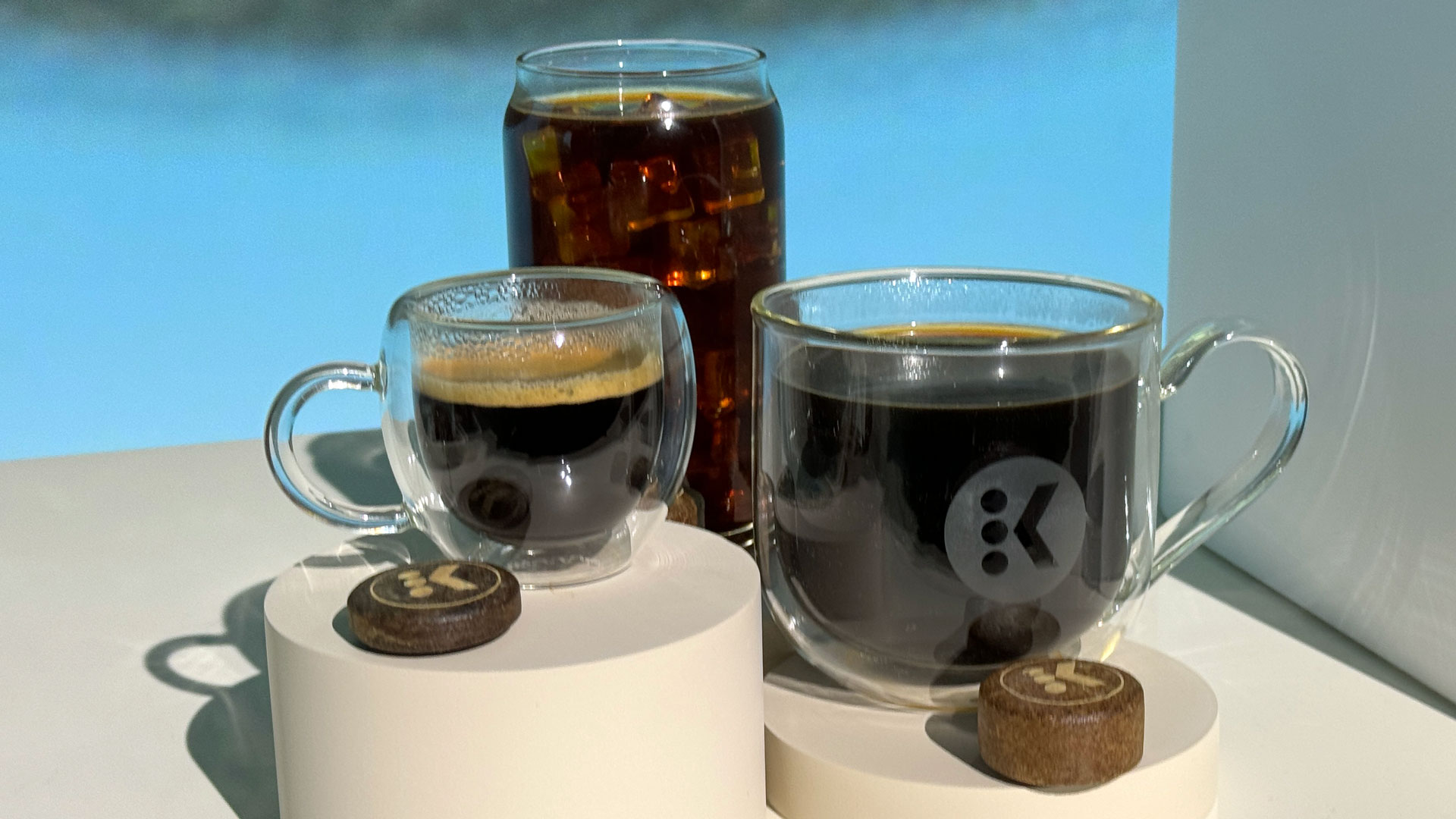
Along with the new K-Rounds, Keurig unveiled its Alta Brewer, which is custom-built for the new pods. Keurig squeezed a little intelligence into the Alta, which can adjust the brew based on the code markings on each K-Round pod.
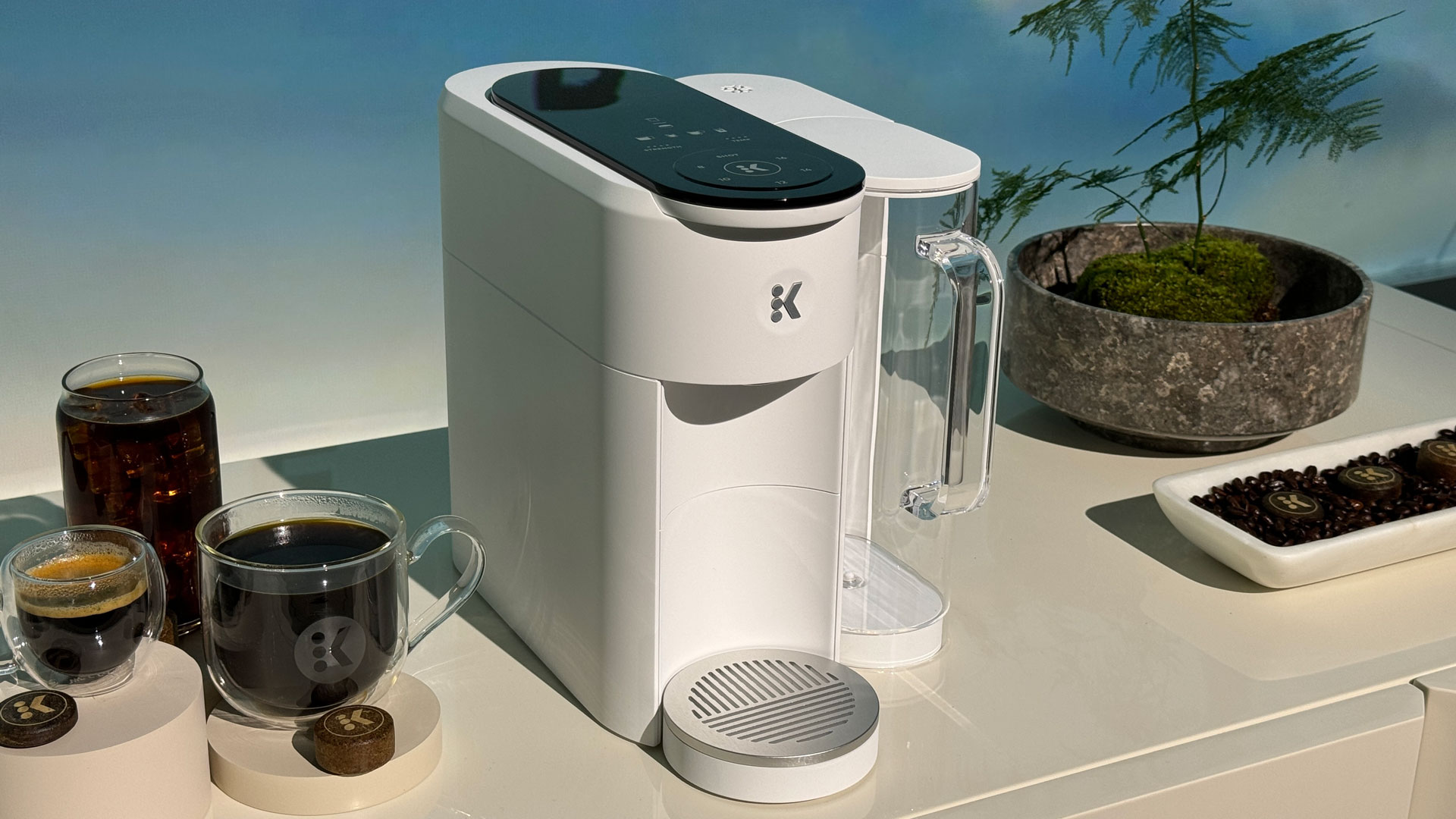
After that, the system works much like a regular K-Cup coffeemaker: You drop in the K-Round, close the top and the system pierces the compressed pod and sends the heated water through it to produce a cup of coffee. The Alta is also backward compatible with K-Cups – there's a dedicated slot for the cups – which Keurig told me they are not phasing out (at least not yet: there are all those legacy coffee makers to support).
After brewing, all that’s left is a squished coffee ground husk that's designed to be compostable, though Keurig has yet to get the K-Rounds certified for composting.
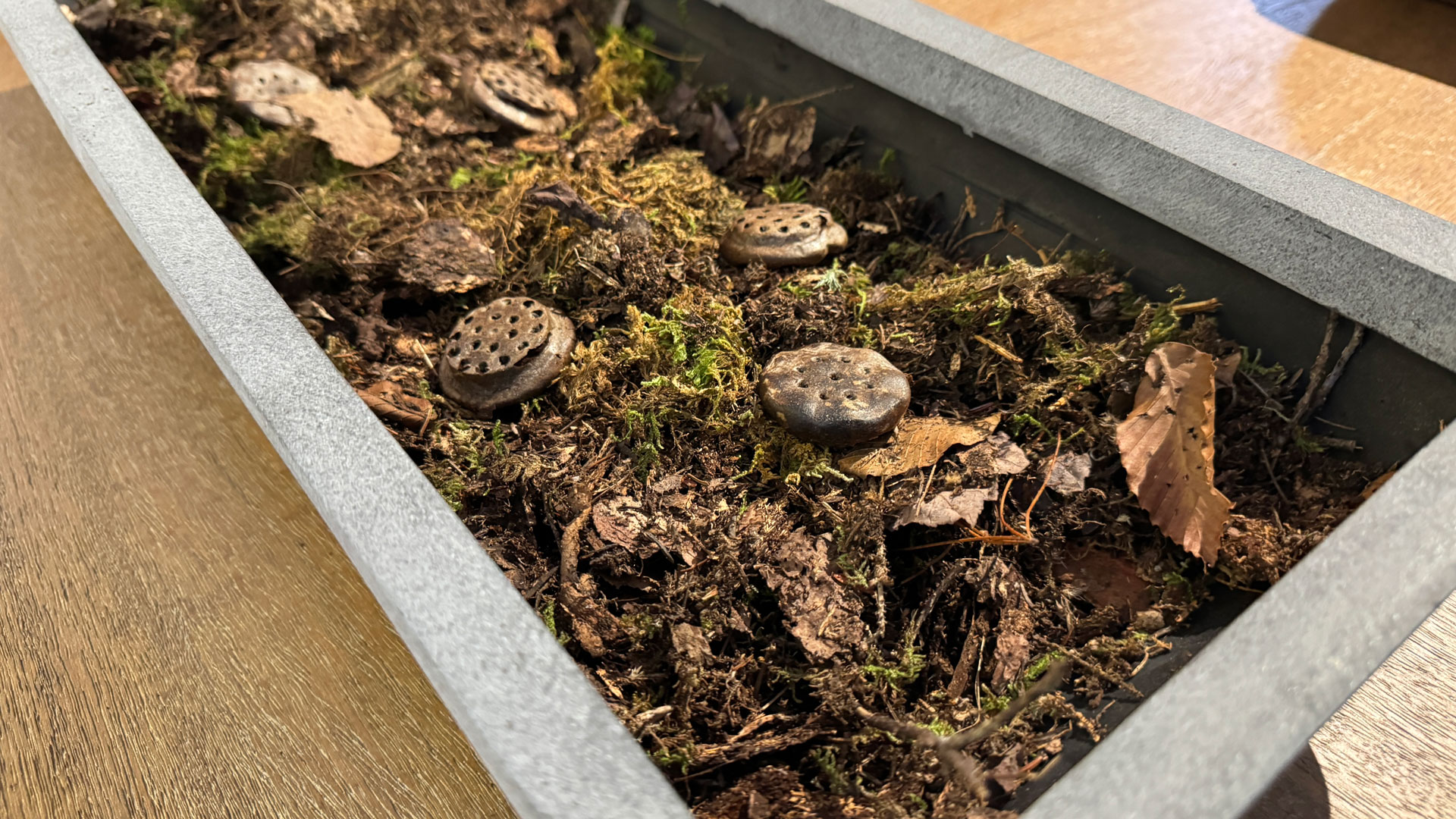
If successful, K-Rounds could have a measurable impact on the environment. According to one report, we create approximately half a billion metric tons of coffee capsule waste each year.
Get daily insight, inspiration and deals in your inbox
Sign up for breaking news, reviews, opinion, top tech deals, and more.
Keurig’s new coffee compression technology has other benefits beyond sustainability. The pods are smaller than their K-Cup counterparts and may be more efficient as well as producing, possibly, better coffee. Keurig execs noted that baristas usually tamp down coffee grounds to improve the extraction yields and these highly compressed pods may provide a similar result.
While Keurig let me touch, smell, and even break a pod, there was no K-Round-based coffee to drink, so I can't confirm their claims.

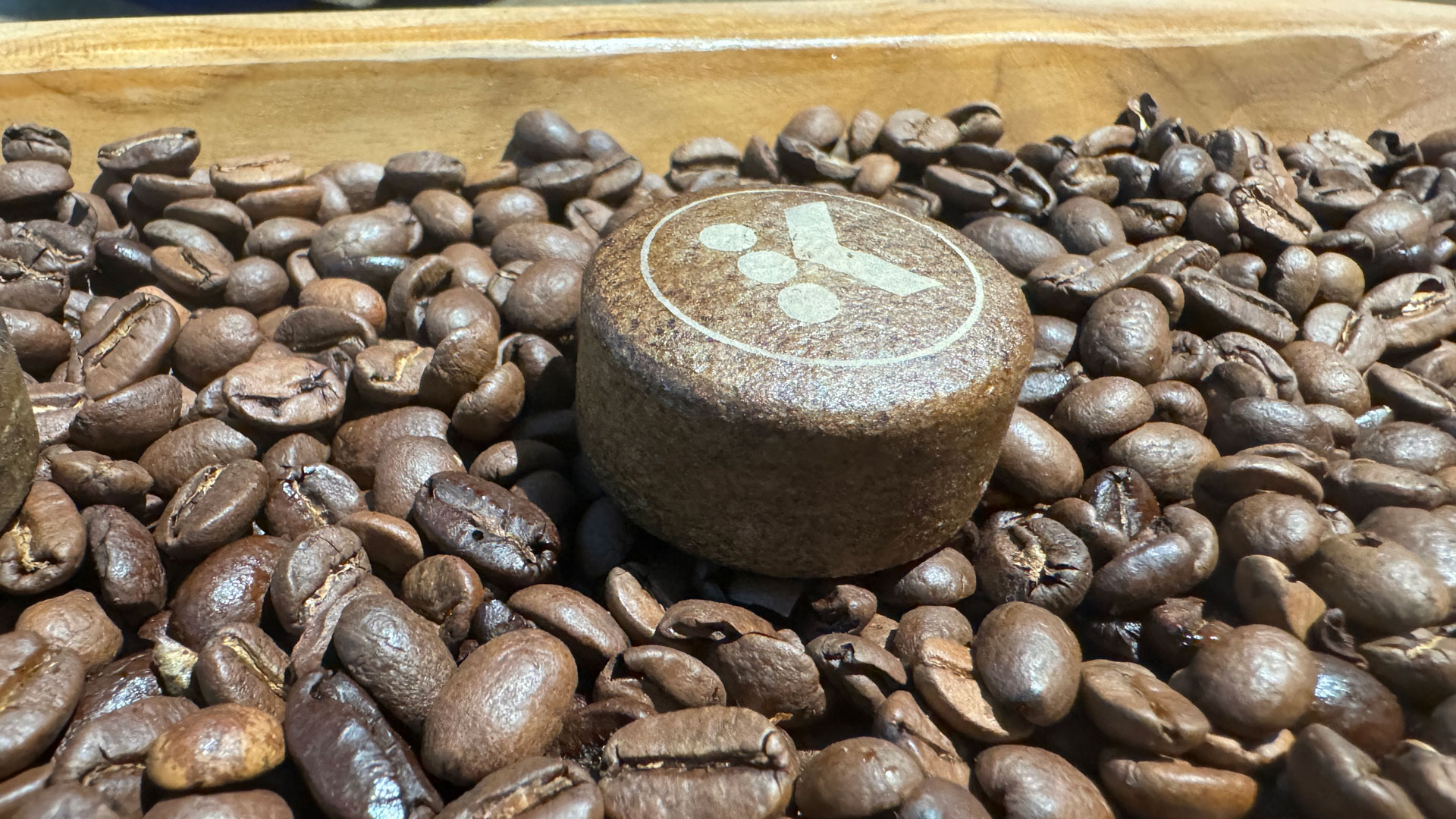
While K-Rounds are sure to cut down the non-compostable plastic waste from K-Cups, there are still questions about how Keurig can provide similarly sustainable K-Round packaging. One option they’re considering is cardboard tubes. Unlike K-Cups that you might leave in the cabinet for a year, K-Rounds have about six months of shelf life and once you open their outer packaging and put them on the kitchen counter, they only offer around a month of freshness.
Keurig has yet to set a price for K-Rounds pods, though they admit the initial pricing might be premium. Similarly, there’s no release or pricing for the compact, new Alta brewer. The company is planning a fall beta test. I’m hoping I can get on the list to see if squeezing coffee grounds is the key to better taste and more sustainability.
You might also like

A 38-year industry veteran and award-winning journalist, Lance has covered technology since PCs were the size of suitcases and “on line” meant “waiting.” He’s a former Lifewire Editor-in-Chief, Mashable Editor-in-Chief, and, before that, Editor in Chief of PCMag.com and Senior Vice President of Content for Ziff Davis, Inc. He also wrote a popular, weekly tech column for Medium called The Upgrade.
Lance Ulanoff makes frequent appearances on national, international, and local news programs including Live with Kelly and Mark, the Today Show, Good Morning America, CNBC, CNN, and the BBC.